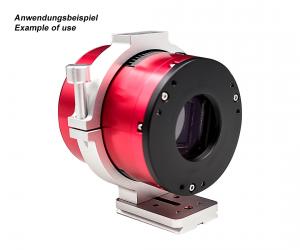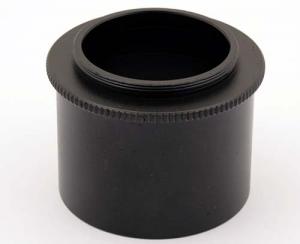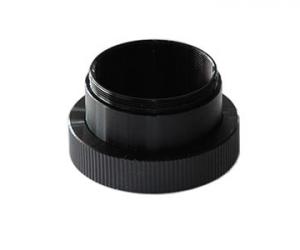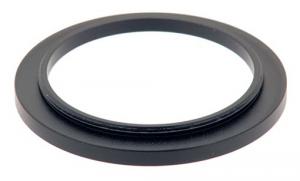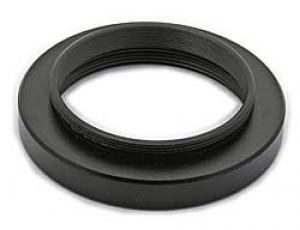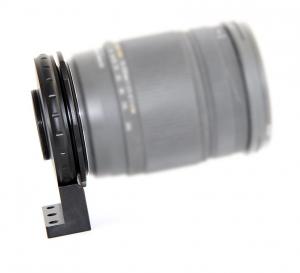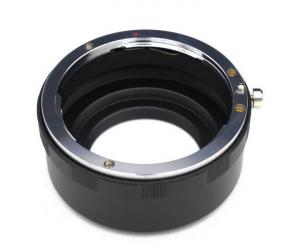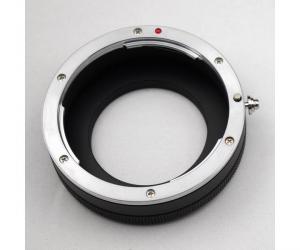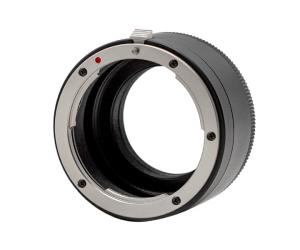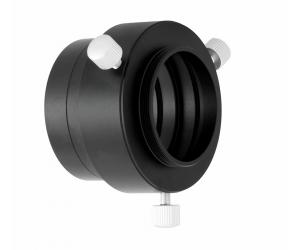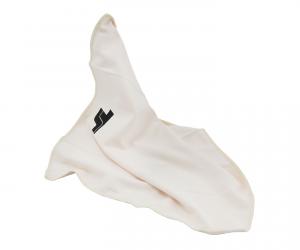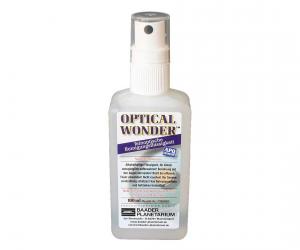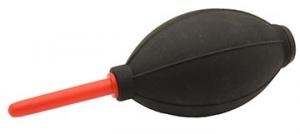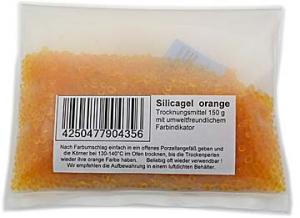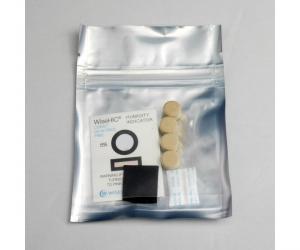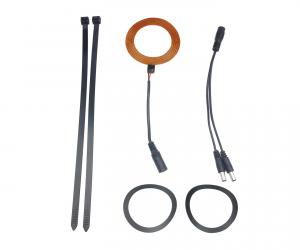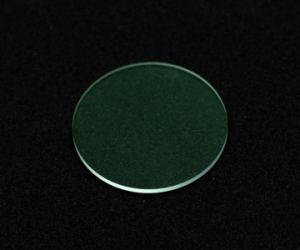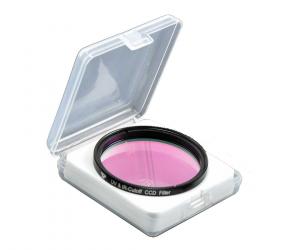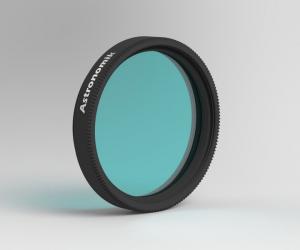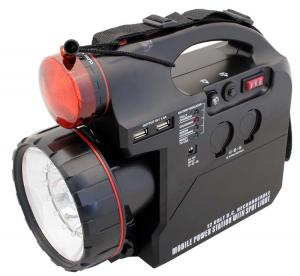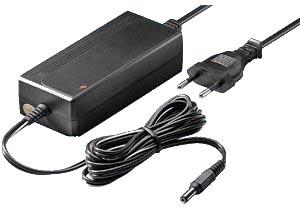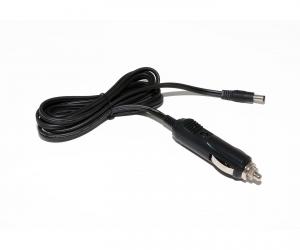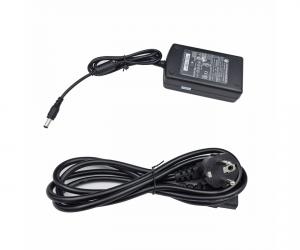- Telescopes
- Overview:
Telescopes - Achromatic Refractor
- Apochromatic Refractor
- Overview:
Apochromatic Refractor - ED Refractor - less color aberration than an achromatic
- SD APO - color free 2-element APO objective
- EDT APO - 3 element ED objective
- High End APO with 3-element APO objective - no color aberation
- Flatfield APO with flat field for Astrophotography
- All Apos and EDs from all manufacturers - large overview
- TS APO and ED from Japan with high quality optics
- Overview:
- Newtonian Telescopes
- Dobsonian Telescopes
- RC Ritchey Chretien Telescopes
- Casssegrain Telescopes
- Reflektor Telescopce with Lens Correcture
- Maksutov Cassegrain Telescopes
- GoTo Telescopes
- Solar Telescopes H-Alpha
- Overview:
- Mounts Tripods Rings Rails Power Supply ...
- Overview:
Mounts Tripods Rings Rails Power Supply ... - Mounts Equatorial with GoTo
- Mounts Equatorial without GoTo
- Mounts Azimutal with GoTo
- Mounts Azimutal without GoTo
- Mounts GoTo - Harmonic Drive
- Travel mounts for astro imaging
- Tripods Piers Polar Wedges
- Mount Control & Electronics
- Dovetail Clamps, Plates and Mount Adapters
- Tube Rings
- Power Supply
- Counterweights Balance Weights
- Mount Accessories - Other
- Overview:
- Telescope Accessories
- Overview:
Telescope Accessories - Eyepieces
- Barlows & Reducer Lenses
- Diagonal Mirrors and Prisms
- Binocular Viewers
- Finder Scopes
- Telescope Collimation and Test
- Cleaning Tools
- Transport and Storage
- Dust protection for Telescopes & Accessories
- Stray Light Protection
- Dewcaps and Heater
- Focusers, Adapters, Motorfocus
- Telescope DIY & Improvement
- Other telescope accessories
- Replacement Parts
- Overview:
- Filters
- Overview:
Filters - Color Filters and Color Filtersets
- Nebular Filters for Visual Observing
- Neutral-Density and Polfilter
- Photo Narrowband Nebular Filters
- Photo Broadband Filters
- Photo Planetary Filters
- Photo R-G-B and IR Cut Filters
- Photo - Filtersets
- Photometric Filters
- Clip Filter for DSLR Cameras
- Filter Wheels and Filterslider
- Solar Filters for white light
- Solarfilter for H-Alpha and Calcium
- Overview:
- Adaptors
- Overview:
Adaptors - Adapter 1,25" and 24,5mm
- Adapter 2"
- Adapter T2 - M42x0.75
- Adapter M48x0,75
- Adapter M54
- Adapter SC
- Adapter M63
- Adapter M68
- Adapter to other Threads
- Adapter Extensions
- Adapter camera bayonet
- Adapter Objective Filterthread
- Adapter Quick Changing , Rotation
- Adapter Eyepiece Projection
- Adapters Tilting
- Overview:
- Astrophotography and Photography
- Overview:
Astrophotography and Photography - Cooled Cameras
- Cameras without Cooling
- Deep-Sky Cameras uncooled
- Set-Offers Camera, Filter, Wheels
- Acessories for Cameras
- Travel mounts for astro imaging
- Imaging Correctors for Telescopes
- Autoguiding Cameras & Sets
- Everything for Guiding
- Focusing aids - Bahtinov mascs
- Flat Field foils and boxes
- Lenses for Cameras
- Piggyback Camera Holder
- Camera Bags, Photocases & more
- Digital Camera and Smartphone Adapter
- Other photo accessories
- Overview:
- Binoculars, Spotting Scopes, Microscopes, Range Finders
- Overview:
Binoculars, Spotting Scopes, Microscopes, Range Finders - Roof Prism Binoculars
- Binoculars with Porro prisms
- Binoculars from 100mm Aperture
- Binoculars with 1,25 inch eyepieces
- TSMX APO Binoculars
- Binoculars for Astronomy
- Binoculars Hiking Bird watching
- Monoculars - Opera Binoculars
- Accessories for Binoculars
- Spotting Scopes
- Range Finders
- Microscopy
- Bags for Phototripods & Binoculars
- Overview:
- Phototripods and Binomounts
- Books, Software
- Overview:
Books, Software - Books for Astronomy Beginners
- Star Charts and Planispheres
- Books about our Solar System
- Observing Tips for Amateurs
- Popular Astronomy Literature
- Teaching material
- Astrophotography books
- Telescopes, Observatories, Construction
- Calendars Yearbooks
- Software, Star Charts
- Books for Microscopers
- Books Nature and Animals
- Nature Photography TimeLapse
- Overview:
- Night Vision, Magnifiers, Weather, Domes & more
- Beginner Astronomy and Gift Ideas
- Second Hand & Special Offers
- New products
Manufacturer: Explore Scientific
Product number: 0510500
EUR1099.00new
EUR 1.099,00
incl. 19 % VAT (DE)
The VAT indicated refers to that applicable in Germany. After logging in, the VAT amount is adjusted to the applicable VAT of the stored delivery country. Therefore, the final price may vary accordingly.
excl. 6.95 € shipping costs (DE)
more details to the shipping costs ...Please log in to calculate shipping costs to your country.
There are no reviews for this product
- Details..
- Technical data..
- In the box..
- Manufacturer infos..
- Safety informations..
Explore Scientific Deep-Sky Astro Camera with 16 MP Color Sensor
The high-resolution deep-sky color camera is a nice alternative to the DSLR / SLR cameras and allows high-resolution color images of astronomical objects right from the beginning. Thanks to Peltier cooling, the sensor is always at optimum operating temperature. This makes the images less noisy than with uncooled cameras such as SLR cameras. Thanks to the fast USB 3.0 computer interface, images are transferred in seconds, without annoying waiting times. The camera is optimal for the entry into astrophotography with cooled cameras.The Panasonic sensor with 21.9 mm diagonal
The new EXPLORE SCIENTIFIC DEEP SKY camera features a highly sensitive and very low-noise Panasonic CMOS sensor, which is additionally cooled down to 40 °C below ambient temperature by the two-stage thermoelectric cooling system. The sensor is also characterized by extremely low amplifier glow (image brightening at the edge). With it wonderful astrophotographs are possible even without DARKS.Application areas of the camera:
Explore Capture profi software:
The EXPLORE Capture Profi software included in the scope of delivery not only offers the necessary basic functions for imaging and video recording, but also many helpful special functions for image post-processing and for setting up the camera. Functions such as live image display, exposure settings, white balance, dark image print, stacking, timelapse recording and much more can be configured individually. Especially the very mature software makes your entry into astrophotography really easy. With the automatic settings you can generate absolutely presentable results without any previous knowledge. If you wish, you can simply switch off the automatic settings and gradually take on the individual professional settings.Optimal support before and after the purchase through Teleskop-Service:
We work with the cameras ourselves and can offer you optimal advice. Which camera fits to your telescope, how to achieve the optimal adaptation ... Teleskop-Service is a recognized specialist dealer for astrophotography.Through our contacts we also offer the best possible service after the purchase.
Good storage is an important preventive measure against dew and also extends the service life:
After use, put the camera straight into the TS Protect Case and add some silica gel. During storage, the silica gel absorbs the moisture from the camera. At the same time, the penetration of moist room air is prevented. Dry storage can even partially regenerate the small desiccant tablets in cooled cameras. Your camera or accessories are always ready for you in optimum condition. You can find the silica gel and the case in our product recommendations.The cameras are not airtight, so if the camera remains on the telescope, it is exposed to moisture. The small amount of desiccant in the camera can protect the sensor and the inside of the protective glass from moisture for the duration of the exposure, but not for days on end. Moisture problems can be the result. A simple trick is to stretch a plastic bag around the focuser to which the camera is attached so that no air can get in. Silica gel is placed in a small cloth bag inside the plastic bag. This will also create a "dry climate zone" for the camera on the telescope. This allows you to leave the camera on the telescope for a few days for an imaging session lasting several days.
In the medium and long term, however, this is no substitute for proper storage in an airtight case with silica gel.
| Camera type: | ASTRO camera 16.0 MP ATR3CMOS16000KPA |
| Data output: | single frames and video |
| Image sensor: | Panasonic NM34230PLI CMOS color sensor |
| Selectable resolution: | 4648x3506 / 2304x1750 / 1536x1168 |
| Selectable binning: | 1x1 / 2x2 / 3x3 |
| Frame rate per second (FPS): | 22.5 / 43 / 48 |
| Physical sensor size in pixels: | 4648 x 3506 |
| Megapixel: | 16 MP |
| Sensor size: | 17.6 x 13.3 mm (4/3 inch) |
| Pixel size: | 3.8 µm x 3.8 µm |
| Bit depth: | 12 Bit |
| Flange focal distance: | 17.5 mm (distance T2 thread to sensor) |
| Shutter type: | Rolling Shutter |
| Internal camera memory: | DDR 3 RAM |
| Thermoelectric cooling with fan: | Yes, up to 40 °C below ambient temperature |
| Selectable exposure times: | 150 µs up to 60 min |
| Operating temperature: | -10 to +50 °C (30-80% RH) |
| Cable length USB 3.0: | 150 cm |
| DC cable length power supply: | 200 cm |
| Body: | CNC machined aluminium housing |
| Camera diameter: | 80 mm |
| Camera length: | 102 mm |
| Camera weight: | 0.53 kg |
| Camera connection diameter: | 2.0 inch (50.8 mm) |
| Camera connection thread: | T2 (M42x0.75 mm) |
| Filter thread: | Yes, 2.0 inch in receptacle |
| Camera connection to PC: | USB 3.0 |
| USB hub: | Built-in USB hub with 2 x USB 2.0 ports |
| Power supply: | Power supply 12 Volt 3.0 Ampere included |
| Software: | EXPLORE Capture included, Camera driver and ASCOM driver included |
| Operating system: | WINDOWS 7, 8 and 10 |
| PC requirements: | CPU Intel Core2 2.8 GHz or higher / 2 GB Ram / USB 3.0 |
| Manufacturer / Importeur: | Bresser GmbH |
| Street: | Gutenbergstraße 2 |
| ZIP / City: | 46414 Rhede |
| Country: | Germany |
| Telefon number: | +49 2872 80740 |
| Email: | info@bresser.de |
| Website: | www.bresser.de |
Safety informations: PDF Download
Recommended accessories
Accessories for mounts
Adaptors
TS-Optics Focal Adapter from 2 Inch to T2 (M42x0,75)
EUR 29,90RRP EUR 34,90you save 14.3% (EUR 5,00)
TS-Optics Optics Adapter for Canon EOS Lenses to T2 for astro cameras - with 1/4" photo...
EUR 99,00RRP EUR 119,00you save 16.8% (EUR 20,00)
Cleaning & Collimating
TS-Optics Optical Super Microfiber Cleaning Cloth
EUR 5,99RRP EUR 7,95you save 24.7% (EUR 1,96)
Customers who bought this product also bought...
General Accessories
Photo Acessories
Power Supply
Omegon Power Tank with 7 Ah - 12 V power supply for telescopes
EUR 119,00RRP EUR 149,00you save 20.1% (EUR 30,00)
Reviews
Written by Edwin Zimmerli
on 2022-09-22
"Die Kamera und Schutzkoffer machen einen sehr guten Eindruck. Mehr dazu kann ich jetzt noch nicht sagen. "
Written by Markus Borgmann
on 2020-12-16
"Gut verarbeitet, bekannter Sensor (der gleiche wie in der ZWO ASI 1600MC-Pro). Software und Treiber sind etwas dünn und schlecht dokumentiert. Es fehlt etwas zum Trockenhalten der Kammer, bei ähnlichen Modellen gibt es was zum Einschrauben oder Trockentabs. Bilder sind trotzdem einwandfrei. Empfehle dringend die Heizung von ZWO dazu, sonst beschlägt die Scheibe über dem Sensor schnell."
Written by Michael Hoffmann
on 2020-04-12
"*** Alles wie beschrieben."
















